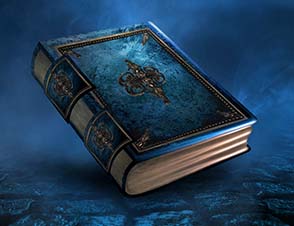The Mirrodin Green Dilemma: Deconstruct!
This is the best color in the set folks. There isn’t another color that is close. White and Red are close to each other, and are the two colors that follow behind Green, but power level-wise they are closer to Black than they are to this mightiest of colors. Before I delve into this dilemma I’d like to analyze why Green is the best color. When you look at the top three commons in Green: Fangren Hunter, Deconstruct, and Tel-Jilad Archers, it may not be clear how they are better than the three best commons in the other colors…

